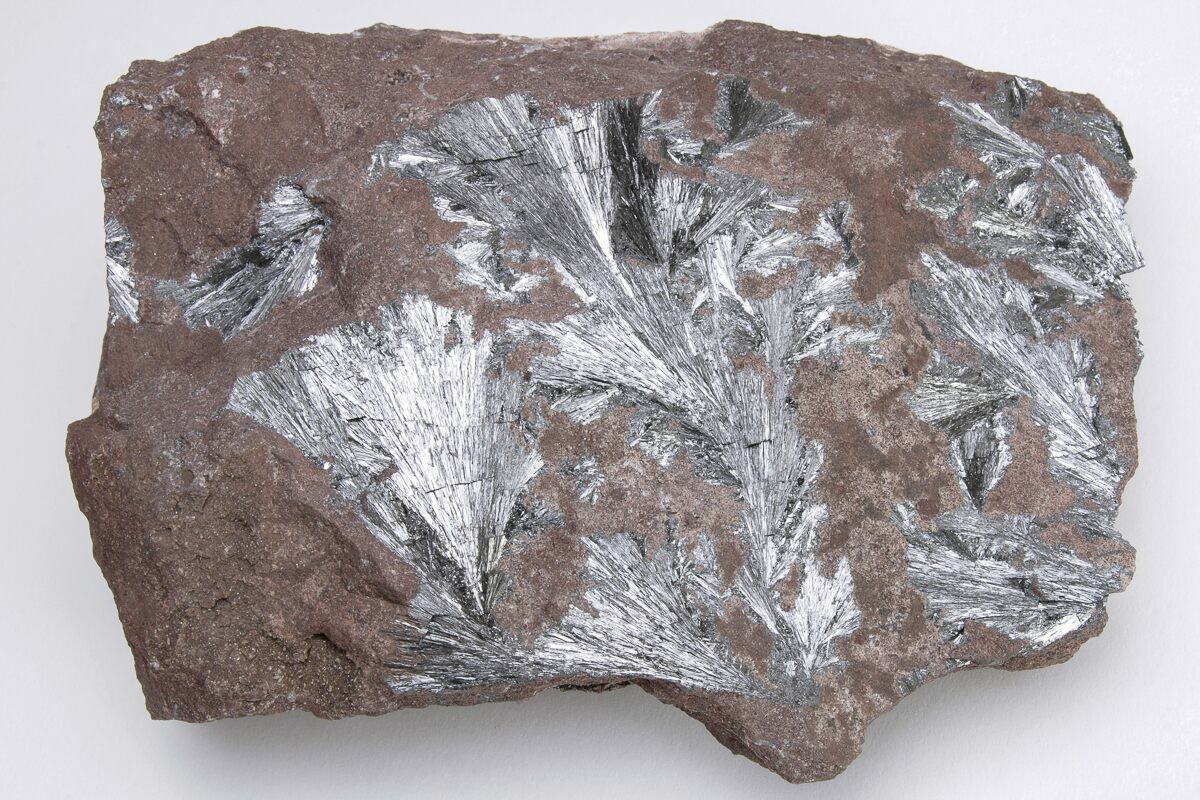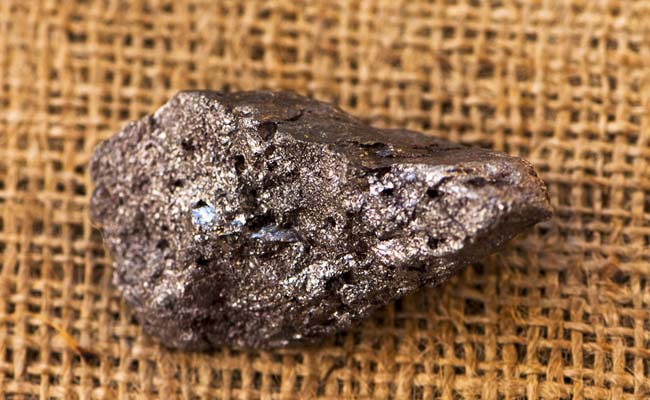Scratches on our beloved vehicles can be a major eyesore, diminishing their overall appearance and value. Fortunately, professional detailers possess the expertise and tools to effectively eliminate these imperfections. In this blog post, we will delve into the world of automotive detailing and explore the techniques and products detailers employ to remove scratches, ensuring a flawless finish.
- Understanding the Different Types of Scratches:
Before we dive into the solutions, it's crucial to understand the various types of scratches that can mar a vehicle's surface. Detailers encounter three primary types:
a) Clear Coat Scratches: These scratches only affect the clear protective layer on top of the paint. They are the most common and can often be removed without compromising the paint layer.
b) Primer Scratches: Deeper scratches that penetrate the clear coat and reach the primer layer. These require more intensive treatment to restore the surface.
c) Deep Paint Scratches: The most severe type, these scratches penetrate through the clear coat, primer, and into the paint layer. Repairing such scratches may involve touch-up paint or professional repainting.
- Essential Tools and Techniques:
Detailers rely on a combination of manual techniques and specialized tools to remove scratches effectively. Here are some commonly used methods:
a) Compounding: Detailers use a machine polisher equipped with a cutting compound to remove clear coat scratches. The compound's abrasive properties help level the surface, eliminating the scratches.
b) Wet Sanding: For deeper scratches, detailers may employ wet sanding techniques. This involves using progressively finer sandpaper and water to gently sand down the damaged area, removing the imperfections.
c) Scratch Removal Products: Detailers utilize a range of scratch removal products, such as rubbing compounds, scratch removers, and polishes. These products contain abrasive particles that help smooth out the scratches and restore the paint's shine.
d) Touch-Up Paint: In cases where the scratches are too deep to be fully removed, detailers may use touch-up paint to fill in the damaged area. This technique requires precision and skill to seamlessly blend the touch-up paint with the surrounding paintwork.
- Advanced Solutions:
In recent years, technological advancements have introduced innovative solutions to tackle scratches more efficiently. Detailers now have access to cutting-edge tools and products, including:
a) Paint Thickness Gauges: These devices measure the thickness of the paint layers, enabling detailers to determine the severity of the scratches accurately. This information helps them choose the most appropriate approach for scratch removal.
b) Ceramic Coatings: Detailers often apply ceramic coatings to vehicles after scratch removal. These coatings provide an additional layer of protection, enhancing the paint's durability and resistance to future scratches.
c) Paintless Dent Repair (PDR): PDR is a technique used to remove minor dents without the need for repainting. Detailers skilled in PDR can effectively eliminate dents caused by scratches, restoring the vehicle's smooth surface.
Conclusion:
Professional detailers possess a wealth of knowledge and an array of tools to remove scratches effectively. From compounding and wet sanding to utilizing advanced solutions like ceramic coatings and PDR, they can restore a vehicle's appearance to its former glory. Remember, when it comes to scratch removal, it's always best to consult a professional detailer to ensure the highest quality results.



